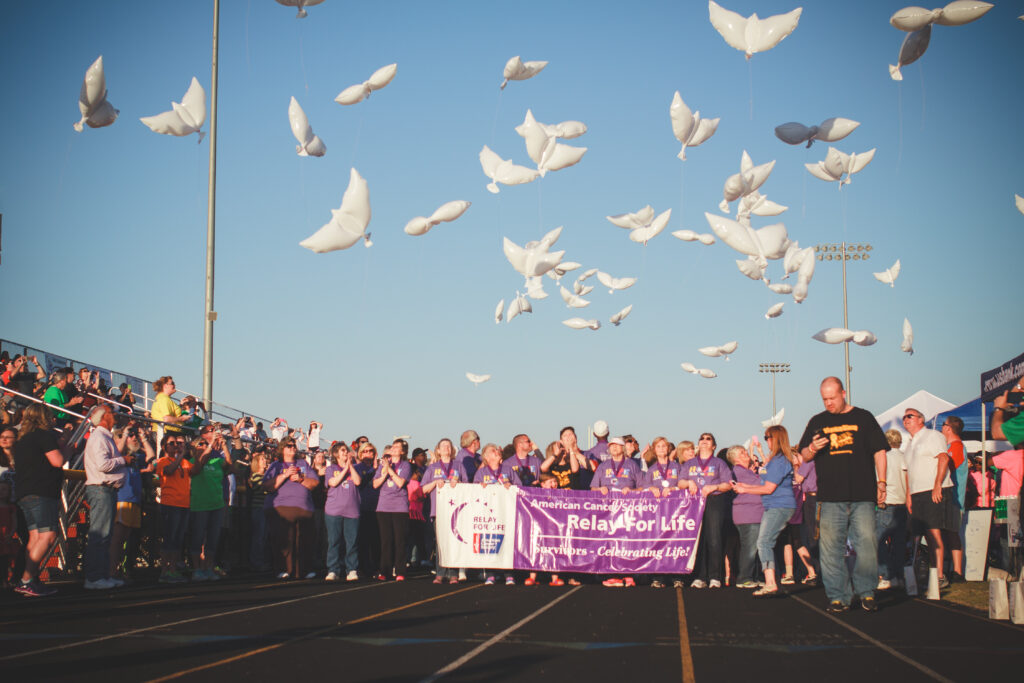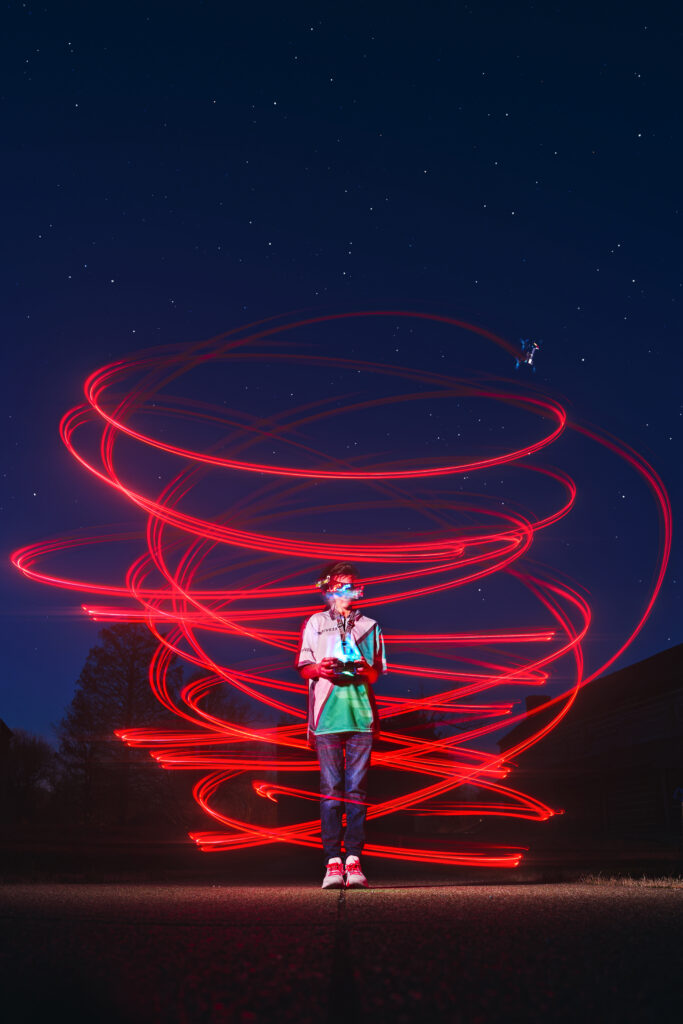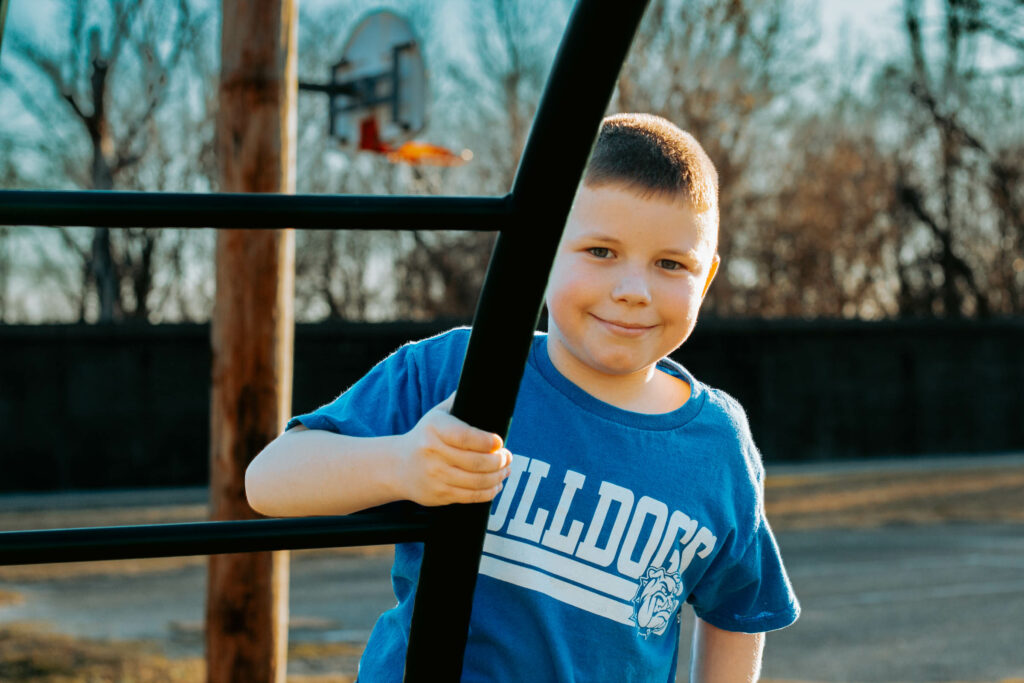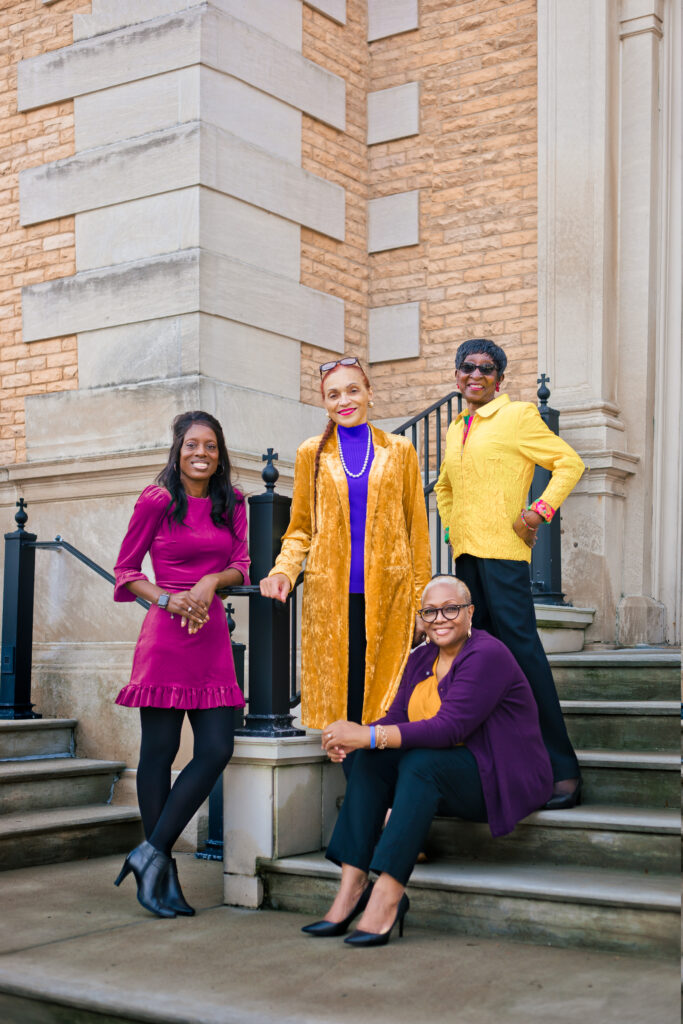“Mom, come look!”
Anne Wallace vividly remembers the day that her son, Beau, ran to her with those words.
At age 13, Beau suffered from severe weakness in his left side as a result of a childhood accident. Anne recalls that, at the time, if Beau fell or even sat down on the floor, he would be unable to get himself back up because of his lack of core strength.
To combat that, Anne enrolled her son in, what was then, a brand-new therapeutic equine program in Paducah called Cassidy’s Cause. According to Executive Director and co-founder Angie Jackson, when Cassidy’s Cause opened the doors to its horse barn in 2014, they had only 16 riders participating. Beau was one.
It took only six months of weekly therapeutic horse-riding sessions for Anne to see the difference in her son’s strength. Beau noticed too, which is why he came running to her, begging her to come and watch what he could do.
For the first time since his accident, that day, Beau was able to sit down in the floor and stand up on his own.
“It was amazing,” Anne recalls. “At Cassidy’s Cause, they are amazing women who are doing amazing things.”
It wasn’t just Anne and Beau who saw his improvement quickly after beginning his horse-riding therapy. According to Anne, his healthcare providers did as well.
“His physical and occupational therapists absolutely love that he goes to Cassidy’s,” she says.
“They can tell the difference in him.”
“Most of his doctors are absolutely thrilled that he goes out there. They are 100 percent behind it because it’s a safe atmosphere and it’s a very disciplined program.”
Nearly six years ago, when Angie’s dream of a therapeutic horse-riding center became a reality and Beau became one of her first dedicated students, she says she had no idea how important the program would become. Or how large.
“When we started out, we just didn’t know how big we were going to get,” she remembers.
“We started just because we knew there was a need and we wanted to fulfill that need in a facility and an environment that was very beneficial and helpful to people in our area that needed equine therapy.”
Their initial group of 16 riders a week has blossomed to 65 riders that now come to the center each week. There is usually a waiting list of about 10 students who wish to be part of the program.
Angie says the diversity in needs that the center’s riders have is astounding.
“We service individuals that have cerebral palsy, Down syndrome, autism,” she says.
“We have a lot of delayed learning disabilities. Some brain injuries.”
“Just about anybody that has a need for us, we try to help them if possible.”
Angie says that the center’s riders benefit from their equine therapy program in a myriad of ways.
“Horse therapy helps with cognitive disabilities. It improves concentration and helps vocabulary and task completion skills,” she says.
“It not only helps them physically in strength-building, but mentally as well.”
“It helps build confidence and self-esteem.”
In the riders that have participated both in the regular therapy sessions and in the many camps that they have provided, Angie has seen riders make enormous leaps in overcoming their disabilities.
“We just had a little fellow with Down syndrome in our program, and before he started, he was violently scared of all animals,” she says.
“Now he’s not afraid of any of them. That’s a super story.”
“It was almost an immediate transformation.”
“We have an adult lady who was disabled and had recently lost her mother.”
“When she came here, she was depressed and wouldn’t vocalize.”
“After she started coming here, she opened up like a butterfly and she started talking about her mother and looking at pictures of her.”
“We helped her deal with her loss.”
Angie believes the key to equine therapy is simple.
“Horses do not judge,” she says.
“They don’t judge our riders.”
“They only know what they feel and sense from the riders and when our riders trust them, they trust the rider.”
“There’s no judgement when the riders are here with the horses.”
All of these breakthroughs that riders experience are because of the time and dedication that Angie and her staff put into the center and the individualized lessons. It takes an army to make it all possible.
Angie says that Cassidy’s Cause currently has four full-time employees, five instructors and a whopping 145 volunteers per week that carry out a host of duties, from helping maintain the barn, caring for the 26 horses and participating in lessons.
One of those longtime volunteers is John Maldaner, who volunteers weekly as a “horse leader.”
In that position, John’s job is to help lead the horse during a lesson, but he views it as a much bigger role.
“The trick to being a good horse leader is knowing when to let the rider take more control,” he says.
“It’s kinda neat because some of the riders, part of their disability may be lack of confidence, and they may tell you that they can’t do this and you know they can because you know these people.”
“Your job is to have some intuition and some compassion and put them in a position where they can grow.”
John calls Cassidy’s Cause his “happy place,” because of the feeling that he receives from volunteering there.
“I tell Angie this all the time, it’s really debatable who is getting therapy the most,” he says.
“I think the volunteers get at least as much therapy as we help others with.”
“Sometimes the riders are just scared when they can’t do something. If you can have the patience to help them break through that, it’s just amazing what they can end up being able to do.”
“When you see the riders having success at something, and maybe that’s their only hour of their week when they’re in control of something, and not to mention that they are in control of this huge animal, it just lightens your own load and makes you happy and makes you feel like you’ve contributed.”
“I don’t think there’s that many places where you can get that feeling like at Cassidy’s Cause.”
Cassidy’s Cause is a non-profit organization, funded through generous donations from individuals, businesses and grants. Their therapeutic equine therapy is made possible by those generous donations and through the time donated by their many volunteers.
If you’d like to get involved, here are some ways that you can help:
- Sponsor A Rider – “No rider is turned down at Cassidy’s Cause,” says Executive Director and Co-Founder Angie Jackson. Each session, they have several riders who are sponsored by individuals or businesses who pay the $200 fee on their behalf.
- Volunteer – Cassidy’s Cause needs many volunteers, who do not need to have experience with horses, says volunteer John Maldaner.
- Donate – As a certified non-profit, Cassidy’s Cause relies upon the generosity of the community to continue providing their equine therapy.
You can find out more about any of these opportunities by visiting www.cassidyscause.org.






